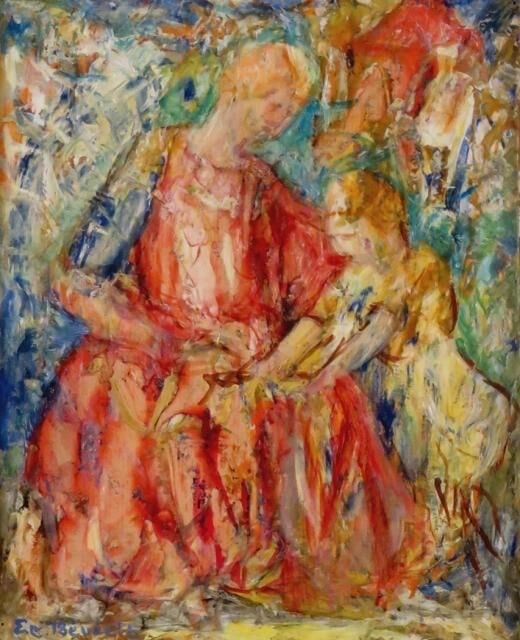Bénézit was born in Paris to a cultured and privileged milieu which included the likes of Victor Hugo, Vincent Van Gogh. His father owned an art gallery where the young child spent many hours, meeting some of the luminaries of the era and developed close ties to Pisarro and Sisley, who were frequent visitors to his childhood home. At the age of six he created his first signed works, and later collaborated with his father in the creation of the universally known “Bénézit Dictionary of Painters Sculptors, Designers and Engravers” first published in 1911 and still widely used today.
Bénézit’s technique varied throughout his life, but a common thread prevailed characterized by a pastoral richness, intricately worked skies, and always a harmonious relationship between man and nature.
He was able to live his life freely, without constraints thus enabling him to dedicate himself to his art completely. He had achieved early success in the Parisian salons of the early 1900’s, but later was forced to exile himself for health concerns to the warmer climate of Provence. Here, he discovered the special light of the “Midi”, the magical effect of the Mistral winds that seem to bring to the forefront the distant landscapes, hills and fields. Here his life became the study of nature through light.
His works have been shown at the Salon d’Automne Paris 1989, Centre d’Art Presence Van Gogh, St. Rémy de Provence 2002, and many museums throughout France. His paintings and drawings hang in private collections throughout the world.
